
SurveyMonkey success stories
We power top brands and more than 40 million users. See how our customers drive business growth with SurveyMonkey.












CUSTOMER SPOTLIGHT
The Golden State Warriors build incredible experiences
With SurveyMonkey, the Warriors craft data-driven strategies to improve CX, market share, and employee engagement.

Ryanair collects CSAT insights at scale

Box gets a 360° view of its customer journey

Tweezerman grows its global brand strategy
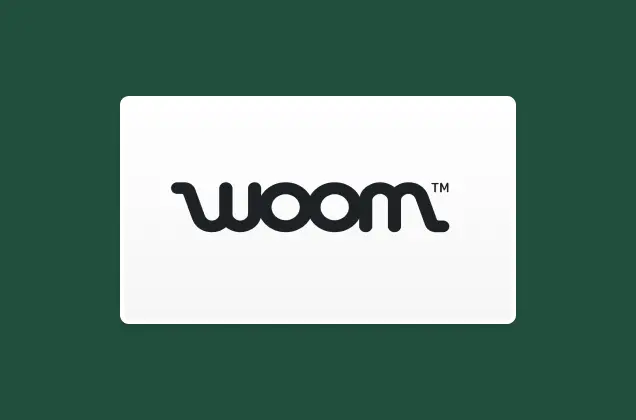
Woom bikes improves EX and CX in tandem
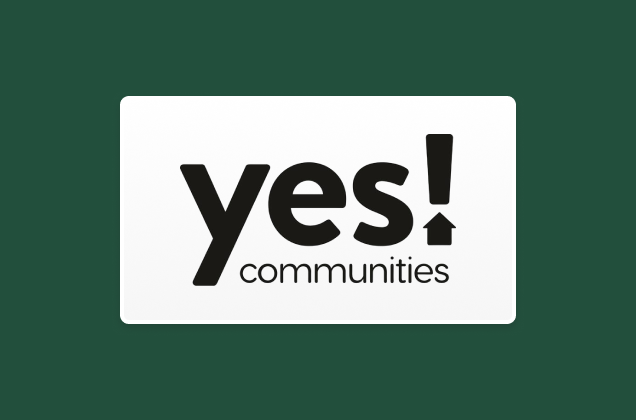
YES Communities raises employee retention 500%

Hornblower listens to 20M global customers

Aptive gathers critical Veteran insights

Yu-ai Kai supports seniors in its community
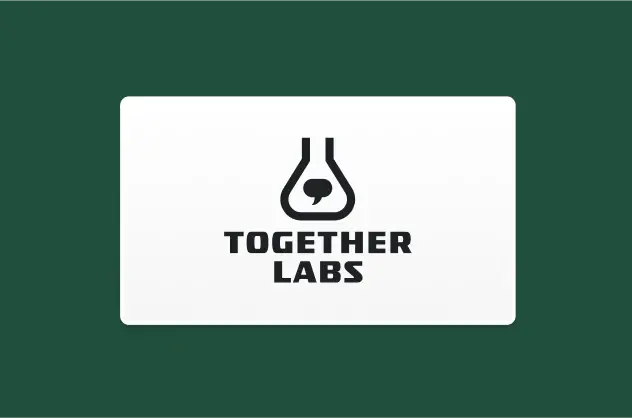
Together Labs boosts product development

Bill Wilson Center enhances housing programs

Wave validates its business with market insights
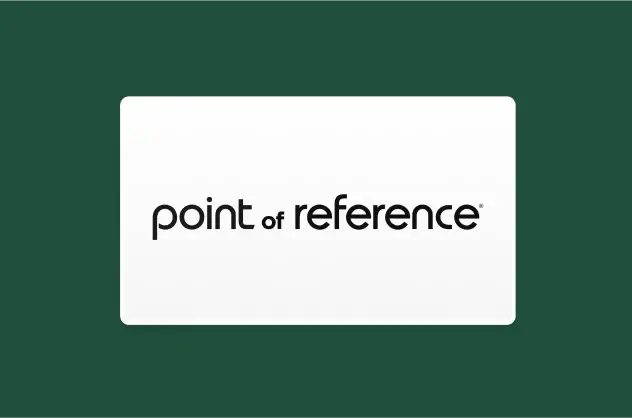
Point of Reference maximizes NPS feedback
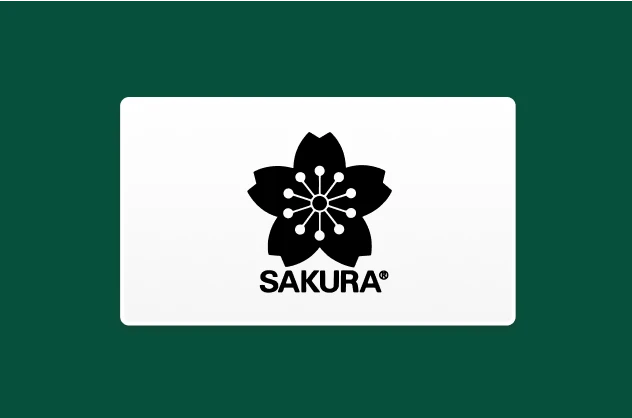
Sakura gets creative with market research

Greyhound raises NPS® by 15 points

Kajabi captures competitive insights

Carrot leverages HIPAA-compliant surveys
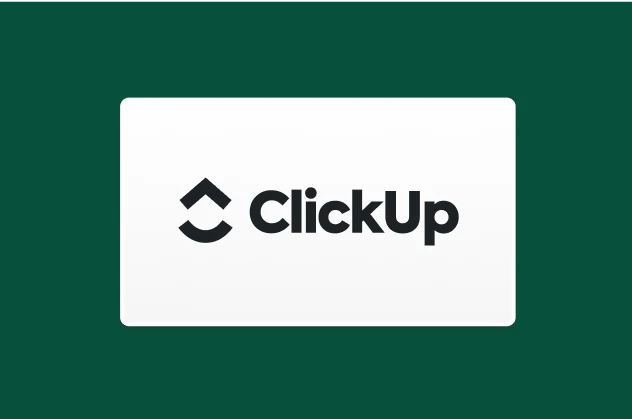
ClickUp creates a memorable big game ad
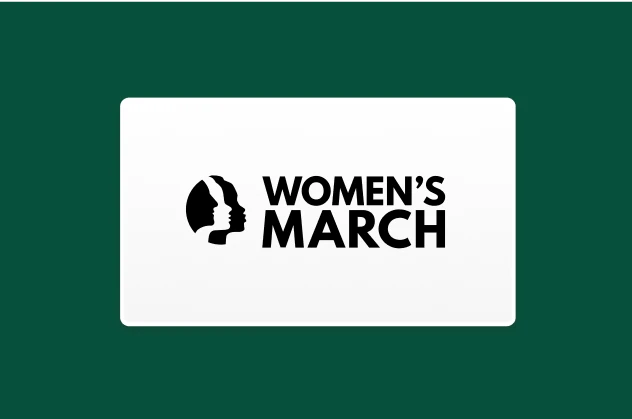
Women’s March Global amplifies the voices of 30K women
See what our customers say about us on G2
“Collecting data has never been easier with SurveyMonkey. With an intuitive interface and extensive customisation tools, organisations can design surveys that get rich, meaningful insights from their target audiences.”
Angelica R.
Operations Manager
“SurveyMonkey Enterprise allows users to customize surveys, analyze data, collaborate with teams, and integrate with business tools such as Salesforce and Tableau. [It] also provides reliable customer support and a secure environment for sensitive data.”
Malik D.
User Experience Researcher & Designer
“I have used SurveyMonkey both in my professional setting and the nonprofit I work with and love the ease of use, customizations, and data insights.”
Shannon S.
CRM & Marketing Database Specialist
Get insights to power your business
Learn how SurveyMonkey can help you uncover brand and product opportunities, support your workforce, delight customers, and more.
NPS, Net Promoter & Net Promoter Score are registered trademarks of Satmetrix Systems, Inc., Bain & Company and Fred Reichheld.